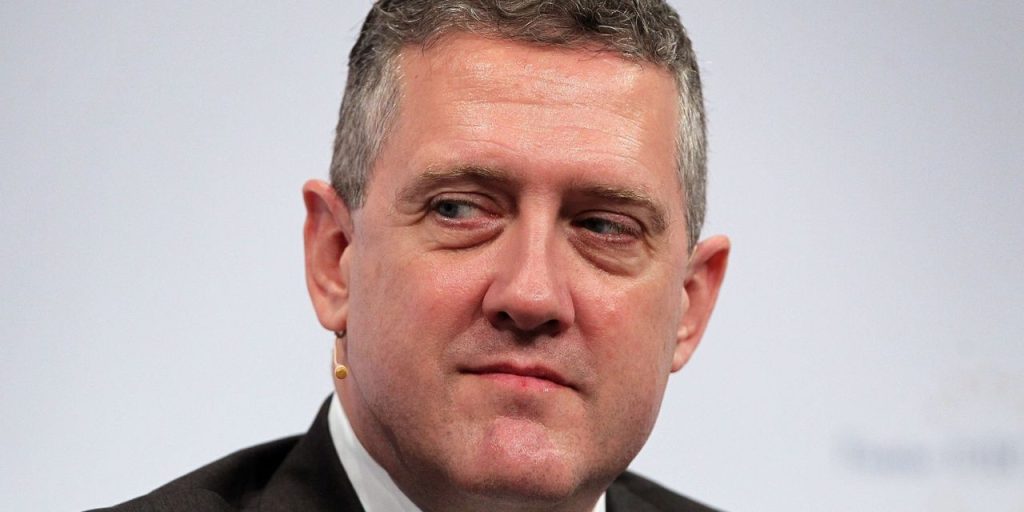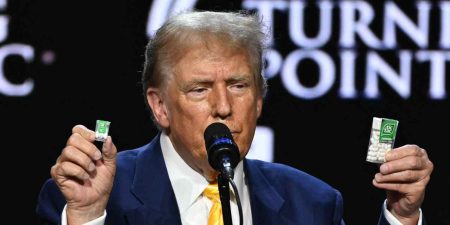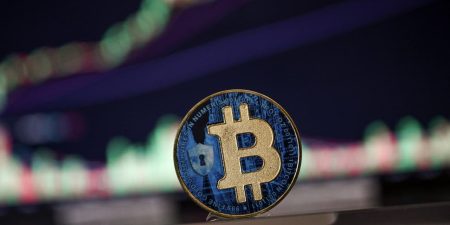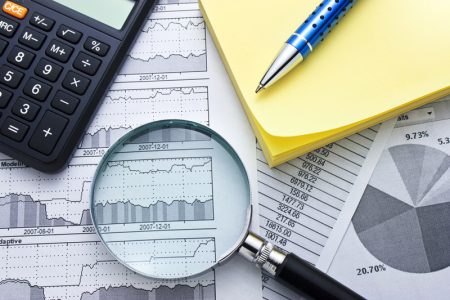St. Louis Federal Reserve President James Bullard announced Thursday that he has stepped down from his position at the regional Fed bank and will formally leave next month to become the first dean of the new business school at Purdue University in Indiana.
Bullard will no longer play a role in the Fed’s interest-rate decisions, including at the next policy meeting, which comes in two weeks.
Bullard, who has a doctorate in economics from Indiana University, has been the president of the St. Louis Fed for 15 years. He was influential in policy but often seemed at odds with the Fed’s leadership in Washington.
Bullard is seen as a hawk because of his recent push for the Fed to get rates up close to 6% to fight high inflation, but he was hard to categorize.
In 2016, when the Fed’s benchmark rate was close to zero, the central bank started a campaign to raise interest rates steadily. The rough goal was to get rates up to 3%, then considered a neutral rate. Bullard was dovish, arguing that the rate hikes were unncessary.
This brought Bullard to the attention of the Trump White House, which was very critical of the Fed’s rate-hike campaign. Eventually, President Donald Trump decided to put one of Bullard’s top staffers, Chris Waller, on the Fed’s board of governors.
The Fed eventually hiked rates until the benchmark rate was in the range of 2.25%-2.5% in December 2018. But the central bank quickly retreated.
“Bullard was right and the Fed was wrong. He never got his due,” said Robert Brusca, president of FAO Economics.
“He was an innovative thinker and brought a different point of view,” Brusca said.
The St. Louis Fed was widely known as a regional Fed bank that favored the “monetarist” approach to policy, which considered money growth to be a key indicator for the economy. This viewpoint lost some clout, as it was hard to measure the money supply.
Brusca said that Bullard was not as doctrinaire as his predecessors about this view.
“He did it in a broader, more insightful framework. He pushed for research,” Brusca said.
Money supply has gained renewed attention during the current period of inflation. It rose sharply as a result of the stimulus payments approved by Congress and has now fallen sharply as the economy has slowed. Many analysts use the indicator in their arguments about the outlook for the economy.
Asked about money supply in May, Bullard said he grew up a monetarist and came from a monetarist bank, so he was sympathetic to that view. He noted, however, that it was hard to empirically link money to inflation when inflation is low.
But the big burst in money growth, followed by inflation, might reinvigorate the theory, he said. The drop in money supply this year argued for the case that inflation would come back down, he said.
The St. Louis Fed has set up a search committee to find Bullard’s replacement.
“It has been both a privilege and an honor to be part of the St. Louis Fed for the last 33 years,” Bullard said in a statement.
Coming out of the pandemic, Bullard has been pressing the Fed to raise interest rates quickly to try to bring inflation under control. His continued push for higher rates was later adopted by his colleagues.
Bullard often captured headlines for big changes in his outlook.
For instance, in 2016, Bullard shifted from pushing for higher interest rates to signaling that he didn’t expect any change in rates for more than two years.
Bullard was one of the rare Fed officials who seemed comfortable talking about quantitative easing — the innovative, and still controversial, policy adopted in 2008 by then-Fed Chair Ben Bernanke to have the Fed buy Treasurys and mortgage-backed securities in order to lower long-term interest rates when the Fed’s benchmark rate was close to zero. Bullard was again dovish, pushing the Fed toward a second round of bond-buying. One of his speeches was titled “Seven Faces of ‘The Peril.’”
Bullard was also a strong proponent of the Fed’s adoption of its 2% inflation target in 2012. He has defended it in recent months, even as some economists worry that bringing inflation back to the target rate will damage the economy and cause unemployment.
During his tenure, Bullard was one of the most accessible regional Fed presidents, giving interviews to a wide range of outlets.
Macroeconomic Advisers, a a private research firm that covers the Fed, ranked Bullard the biggest mover of financial markets in 2011 and 2013.
Bullard will take the reins at the Mitchell E. Daniels Jr. School of Business at Purdue, which opened in February. It was named for the former governor of Indiana who also served as president of the university from 2013 until 2022 and who earlier this year was pressed to throw his hat into the ring for a U.S. Senate seat.
Read the full article here














